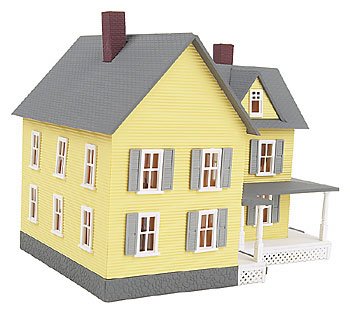Gilroy
– A rapidly increasing number of Gilroy residents are realizing
that the place they call home is still just a piece of property –
property still owned by a bank.
Gilroy – A rapidly increasing number of Gilroy residents are realizing that the place they call home is still just a piece of property – property still owned by a bank.
In the past year, the number of area homeowners going into foreclosure proceedings has risen sharply, thanks in part to irresponsible lending and irresponsible borrowing.
While 1,865 houses in Santa Clara County fell into foreclosure in 2005, 3,642 houses – or one in 159 houses countywide – were foreclosed in 2006, according to data from RealtyTrac, which tracks realty trends nationwide. This represents a 95 percent increase from 2005, when one in 311 houses were repossessed.
The trouble is not isolated to Santa Clara County – California foreclosures jumped 131 percent during the same period while nationwide foreclosure rates rose 42 percent.
The rash of foreclosures is an “epidemic across the country,” said Jordan Ash, director of the Association of Community Organizations for Reform Now, an international nonprofit supporting community activism.
One problem is that mortgage loans are being provided to homebuyers with historically lower credit ratings and with no down payments.
In these cases, homeowners typically have less of a monetary cushion when they do start paying back their loans. Medical bills, the loss of a job or any other hiccup in a steady stream of income can then lead to foreclosure.
When homeowners fall behind as few as 30 days in payments, a lending agency can begin foreclosure proceedings. The homeowners have 90 days to bring the payments current or the house is auctioned on the county courthouse steps.
Bringing the payments current is often complicated when homeowners take out equity on their home to purchase big-ticket items, such as a car – ballooning their debt and monthly payments. This both ties up money so that it is less easily available and prevents the homeowner from refinancing the house because they have decreased equity.
Faced with foreclosure and a shortage of cash, many homebuyers turn to people offering short-term, high-interest rescue loans to pay off the amount owed on the house.
“There are sharks in the water – the worst are the ones that advertise rescue loans,” said Lynn Diddens, principal at Pacific Coast Financial Solutions in Morgan Hill, which assists homeowners who are facing foreclosure. “If (homebuyers) are in default, other things aren’t being paid, so credit scores suffer, and when they go into default they can’t always get a restructured loan.”
Rescue loans “basically eats equity away” because they are taken out against the value of the house and are difficult to pay back, Diddens said.
To prevent going into default, homeowners should shy away from negative amortization, in which they pay less than the accruing interest, which then balloons and comes due at a later date, said Diddens. Doing so results in the interest building up and slows down the process of building equity.
Other than that, “the only thing people can hope to do is look to refinance and hope that they’re not underwater,” Diddens said. “Instead of pulling that (equity) out and buying a fancy new car, just maintain that and try to get themselves into a better loan.”
Dennis Taylor contributed reporting to this article.















